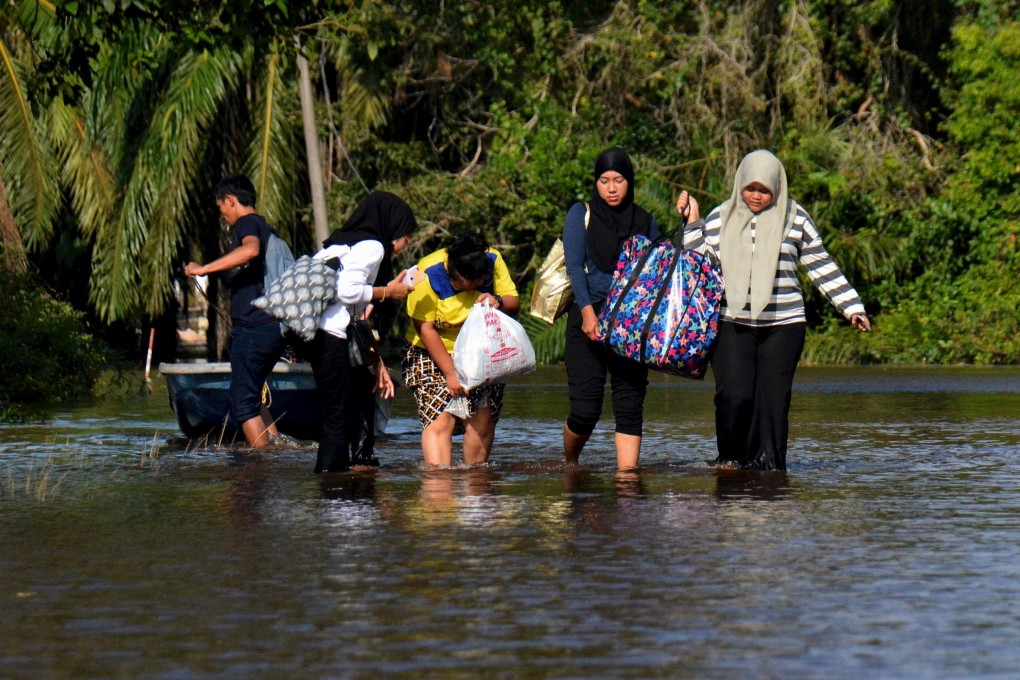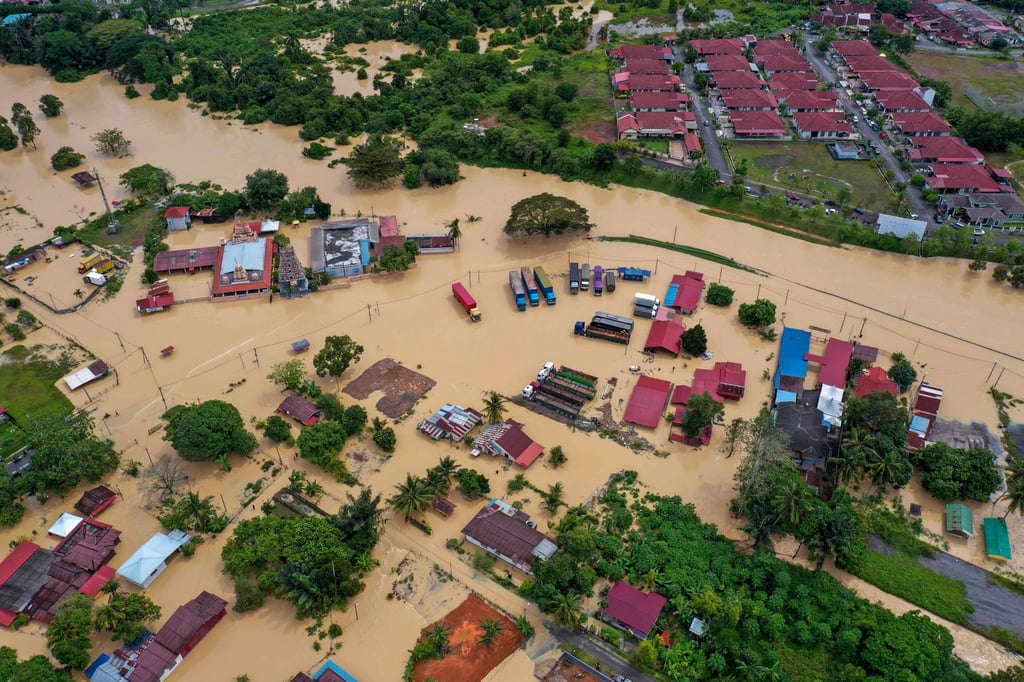Malaysia’s floods expose depth of government’s inability to handle climate change
- Torrential rains in the east coast led to a record death toll of at least 54, the displacement of some 120,000 people and losses of US$1.5 billion
- Analysts say the lack of a crisis management system, political incompetency, partisanship and issues such as illegal logging show Malaysia is far from ready to address the effects of climate change

For decades, Peninsular Malaysia’s east coast has had more than its fair share of floods during the November to February monsoon season.
Some degree of damage was expected from the flooding, but a record death toll of at least 54, as well as the displacement of over 120,000 people and losses worth over 6.5 billion ringgit (US$1.5 billion) could have been minimised if the initial official response had not been botched, according to experts.

For days after the torrential downpour began on December 16, scores of civilian rescuers waded through ankle- to knee-deep water across the state of Selangor – one of the hardest-hit regions – to rescue stranded victims and deliver aid, as the response from emergency services lagged.
While seven out of the country’s 13 states became submerged, it was the damage in Selangor – an opposition-controlled state and the country’s most industrialised region – that contributed to the outsize devastation.
Alongside the delayed reaction, a blame game between the government and opposition, and factors such as long-unresolved illegal logging compounded the damage, political analysts say. These observers warn that the disaster has left them with no illusions about the country’s fraught state of governance.